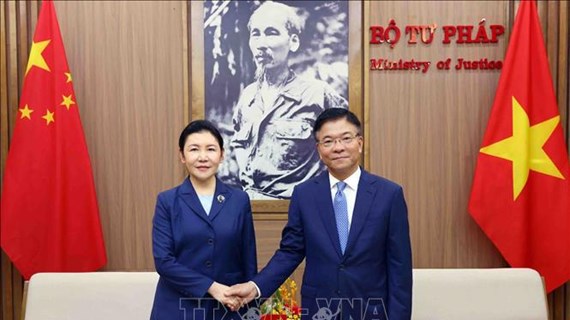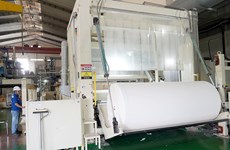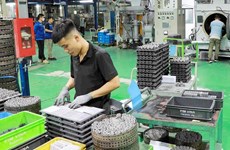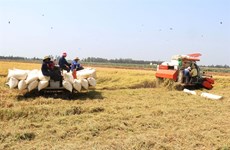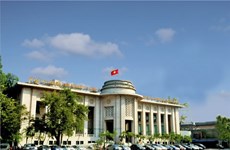HCM City issues four-year socio-economic recovery, development plan
Ho Chi Minh City has issued a socio-economic recovery and development programme in the 2022-2025 period, with recovery stage from now to the end of 2022 and development period from 2023-2025.
 A aerial view of Ho Chi Minh City. (Photo: VNA)
A aerial view of Ho Chi Minh City. (Photo: VNA)In the recovery period, the city will deal with consequences left by COVID-19, speeding up socio-economic recovery in parallel with safe, flexible adaptation to and effective control of the pandemic.
Along with settling the disruption of supply chains, the city will prioritise giving resources to sectors and economic motivations, while striving to complete the public investment disbursement plan for 2022 and effectively implement support packages.
In the development stage, the city will continue to focus on pandemic control and coping with bottlenecks for fast and sustainable development. It will concentrate on optimising its strengths as an economic, financial, trade, logistics, tourism and renovation centre.
To this end, HCM City will apply a number of solutions, including optimising resources, especially human resources and land use for development.
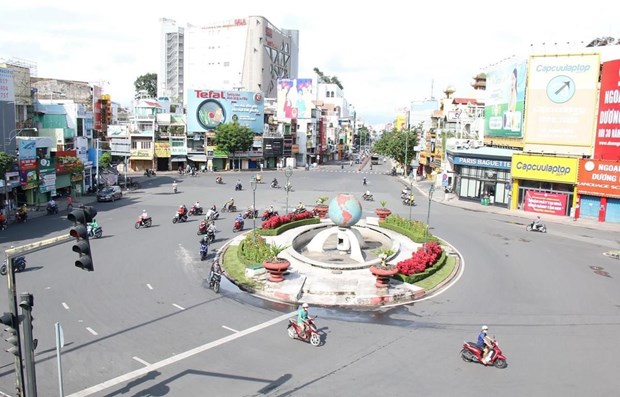 A main street in HCM City. (Photo: VNA)
A main street in HCM City. (Photo: VNA)It will will implement an action plan to attract domestic and foreign investment to build the international financial centre, while developing Thu Duc city into a renovation centre and a growth pole.
Major resources for the socio-economic recovery and development programme in the 2022-2025 period include the fiscal and currency support policies approved by the National Assembly.
It will exploit incomes from land use for socio-economic development, while proposing the allocation of public investment capital to infrastructure projects that are important to development and regional connectivity, as well as building policies to create favourable conditions for the equitisation and divestment of State-owned enterprises. Income from the firms’ equitisation is expected to reach over 52.66 trillion VND (2.31 billion USD).
It will also mobilise resources from the society through public-private partnership, while asking for more support packages from the Government to assist COVID-19-hit businesses./.





